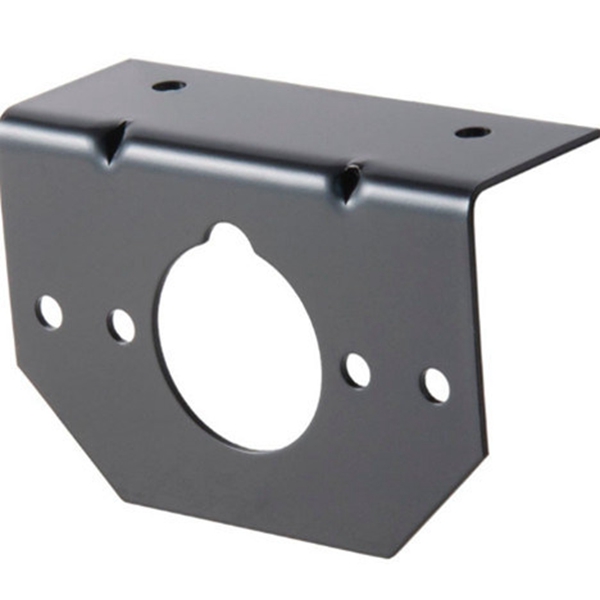Laser engraving is a process that uses a laser beam to etch or engrave designs, patterns,
or text onto various materials, creating precise and permanent markings.
From jewelry making to automotive manufacturing, laser engraving technology has revolutionized the way we design and manufacture products. This non-contact form of engraving can create intricate and precise markings on a variety of materials- from soft fabrics to tough metals. But with a plethora of materials and processing methods available, choosing the right laser engraving type can be a daunting task. In this comprehensive guide, we'll cover everything you need to know about laser engraving- materials, processing methods, and industry applications.
Laser Engraving Types:
There are three main types of laser engraving: CO2, Fiber, and UV. Each type has its own unique advantages and disadvantages. CO2 laser engraving is best for non-metal materials such as acrylic, leather, and wood. Fiber laser engraving is better suited for engraving on metallic surfaces and ABS plastic, whereas UV laser engraving works best on glass, crystal, and ceramics. Understanding the type of material being engraved and the desired marking outcome is crucial in selecting the right engraving type.
Material Properties:
Materials properties such as color, texture, and hardness can greatly affect the quality and outcome of a laser engraving. Light colored materials, for instance, perform better with CO2 lasers since the process is more contrast-based. Materials with rough textures may require deeper engraving, while harder materials such as metals often require higher power lasers. Understanding the properties of a material is essential to achieving a high-quality engraving.
Available Processing Methods:
Laser engraving can be done through various processing methods such as vector cutting, raster engraving, and merging. Vector cutting is used to cut out shapes and designs from the material being engraved. Raster engraving is used to create complex designs and patterns through dot matrix while merging involves combining vector cutting and raster engraving techniques. The choice of processing method depends on the type of design and material being engraved.
Industry Applications and Parts Application:
Laser engraving technology has a wide range of industry applications, from automotive manufacturing to consumer electronics. In the jewelry industry, laser engraving has revolutionized the way we add detail to diamonds and other precious stones. In the medical industry, laser engraving is used to create customized prosthetics and medical equipment that fit specific patient needs. In the aerospace sector, identification marks, and logos are laser engraved onto various parts. Among many other applications, laser engraving is ideal for parts that require high accuracy, speed, and precision.
Laser engraving technology is a game-changer in the manufacturing industry. It offers a non-contact way of creating intricate and precise markings on a variety of materials. When selecting the right laser engraving type, understanding the material properties and available processing methods is essential. The industry applications of laser engraving are vast, and it has become an essential tool for achieving high accuracy, speed, and precision in manufacturing. By staying up-to-date with the latest laser engraving advances, engineers, buyers, and designers have the ability to create unique and innovative products that meet the needs of their customers.
